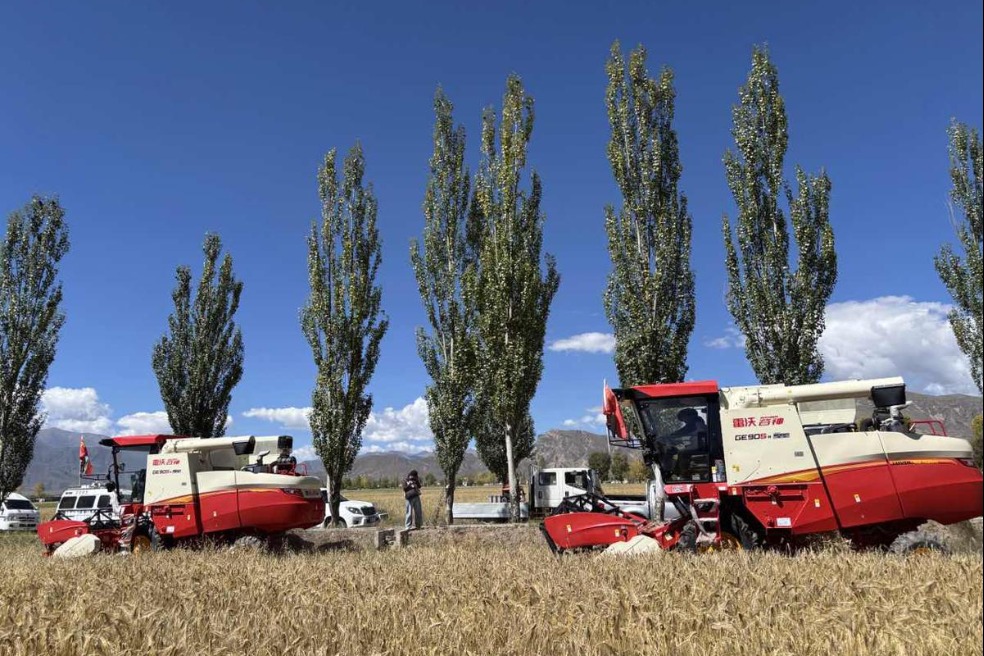Chinese nature reserve sees milu deer population grow to over 8,500

NANJING -- The population of milu deer in the Dafeng Milu National Nature Reserve in East China's Jiangsu province has grown to over 8,500, according to 2025 World Coastal Forum on Wednesday.
The national reserve has become world's largest milu deer gene bank, with the highest milu reproduction, survival and annual population growth rates globally, according to the forum, which is being held in the province's Yancheng City.
Milu deer -- also known as Pere David's deer -- are endemic to China, where they bear the nickname "sibuxiang," meaning "like none of the four," due to their unique features: a horse-like face, a donkey-like tail, cow-like hooves and stag-like antlers. They are of great value in maintaining the security and nutritional-function integrity of wetland ecosystems.
After the Han Dynasty (202 BC-220 AD), their population became scarce due to human hunting activities and habitat destruction. In the late Qing Dynasty (1644-1911), dozens of milu that had been confined to the Nanhaizi imperial hunting park in Beijing were scattered overseas due to war.
In 1986, the World Wide Fund for Nature gifted 39 milu deer, which had been selected from British zoos and parks, to the reserve for protection and reproduction purposes.
In the years since, the reserve and local government have continued these efforts and seen multiple breakthroughs. In 1987, the reserve reported its first milu reproduction, and its milu population exceeded 100 in 1992 and 1,000 in 2006.
China has designated 95 milu reserves across 26 provincial-level regions, and it has established the National Conservation and Research Center for Milu. As of August, the country has a total milu deer population of over 14,000.
- Chinese nature reserve sees milu deer population grow to over 8,500
- Mega projects in Xinjiang
- Mega projects in Xinjiang
- Chinese team implants artificial heart in world's youngest, lightest patient
- Xinjiang through my eyes: A Uygur doctor from Hotan
- China allocates disaster relief funds to regions hit by Typhoon Ragasa floods





































